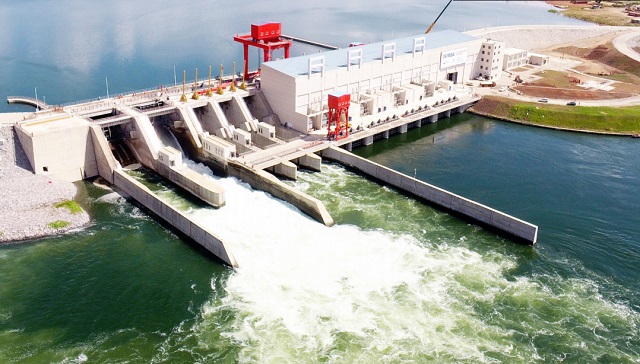
But isn’t the country’s public debt gravitating towards a crisis?
Kampala, Uganda | ISAAC KHISA | The National Resistance Movement administration plans to borrow Shs10.3trillion from external lenders in the FY 2021/22 that starts in July, according to the latest Budget Framework Paper, maintaining the country’s momentum towards the debt crisis level.
The new loans are intended to plug the projected revenue shortfalls to fund the planned Shs 45.6trillion budget as the government races to fulfill pledges made during the concluded general elections.
Paradoxically, though, is that this comes at the time parliament is expanding its House to accommodate increased members of parliaments in the 11th Parliament.
The government last year increased the number of MPs from 449 to 514, signaling increased expenditures on MPs who are entitled to Shs 25 million monthly salary and a cocktail of allowances.
This development also comes at the time the economy is still in shambles characterized with subdued economic growth, low product demand and high unemployment levels.
To make the situation even worse, the government is eyeing at borrowing approximately Shs 2.5 trilllion from the local market, a step that would potentially squeeze local businesses from accessing credit in commercial banks at low interest rates, according to economic experts.
Uganda’s’ public debt stood at Shs 56.5 trillion (US$ 15.3 billion) as at the end June 2020, up from Shs 46 trillion (US$ 12.5) as at the end of June, 2019, according to the finance ministry, citing increased borrowing most especially from the World Bank and the International Monetary Fund to help fight coronavirus pandemic and save the economy.
This, according to the finance ministry, will increase the country’s public debt to GDP from 40.9 per cent to 49.9 percent by end of June 2021, peaking at 54.1 percent in 2022/23 before starting to take a downward trend.
However, a section of the global lenders including International Monetary Fund and civil society organisations have occasionally raised concerns about the country’s raising public debt, potential problems associated with repayment amid provision of basic services to the citizens.
They base their argument on the fact that the government has consistently paid an insurmountable amount of cash to lenders as interest.
For instance, interest payments are projected to amount to Shs 4.9 trillion in FY 2021/22. Of this amount, Shs 3.8 trillion is projected to cover domestic interest payments while Shs 1.1 trillion will cater for foreign interest payments and commitment fees.
Last financial year, the government paid Shs 4 trillion or 8.8% of the entire budget as interest on borrowed cash.
These interest payments alone are able to finance the Ministry of Education and Sports budget, whose annual expenditure always hovers around Shs 3 trilllion.
Julius Kapwepwe, the Director of Programmes at Uganda Debt Network said the government’s appetite for loans at the time the economy is subdued could worsen the country’s debt situation.
“We have also failed to learn from the past where wastage of public resources remains unabated,” he said.
Subdued economic growth
Latest statistics from the finance ministry shows that Uganda’s economy grew by 2.9 percent in FY 2019/20, which is lower than 6.8 percent recorded in FY 2018/19.
Strong performance was registered in the first half of the financial year (8.1 percent), although this was countered by the negative growth registered in the second half of the financial year.
The COVID-19 pandemic along with the containment measures implemented by government, locusts’ invasion and floods in several parts of the country negatively impacted economic activities in the second half of the financial year. All sectors of the economy registered lower growth rates compared to FY 2018/19 performance, with the industrial sector most hit, growing by just 2.2 percent compared to the 10.1 percent growth registered in FY 2018/19.
Similarly, the services sector also slowed down to 2.9 percent from the 5.7 percent registered in FY 2018/19.
The agriculture, forestry and fishing sector was the most resilient in FY 2019/20, expanding by 4.8 percent due to favorable weather conditions and government interventions through provision of quality seedlings, extension services and pesticides.
However, it is projected that in the FY 2020/21 economic growth will be in the range of 2 to 3 percent and is expected to improve further to between 4 and 5 percent in FY 2021/22.
 The Independent Uganda: You get the Truth we Pay the Price
The Independent Uganda: You get the Truth we Pay the Price



